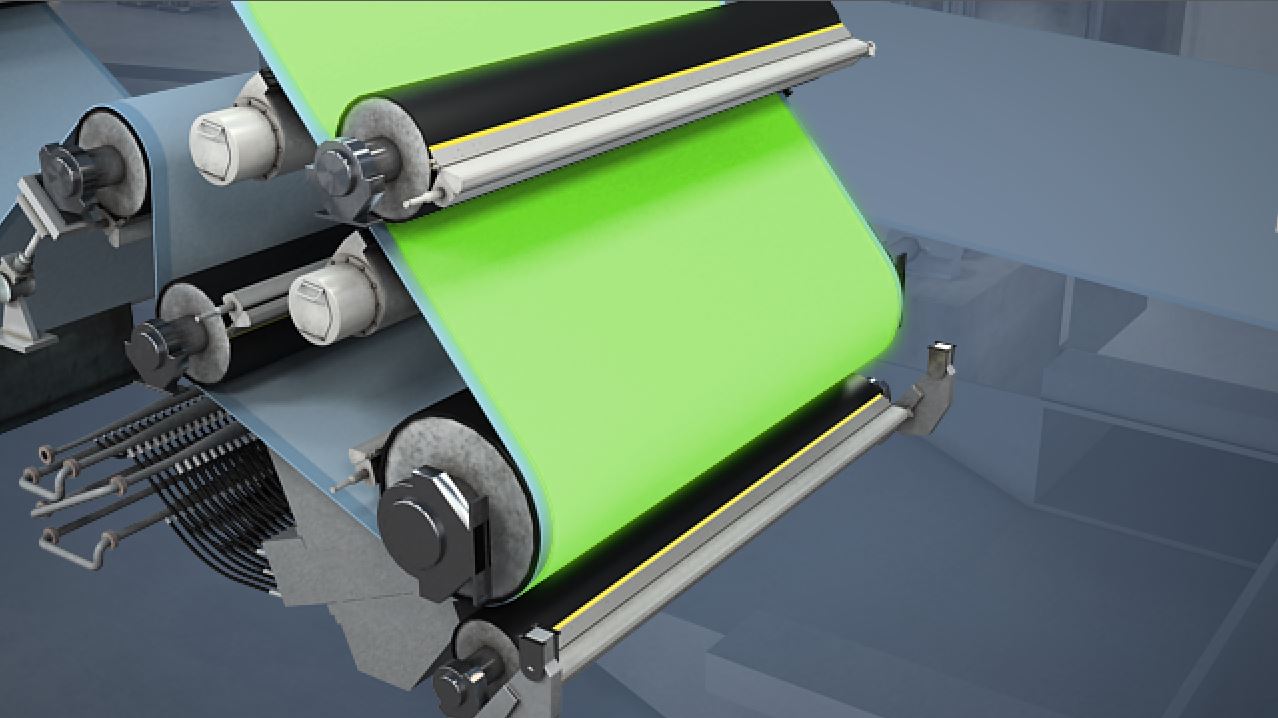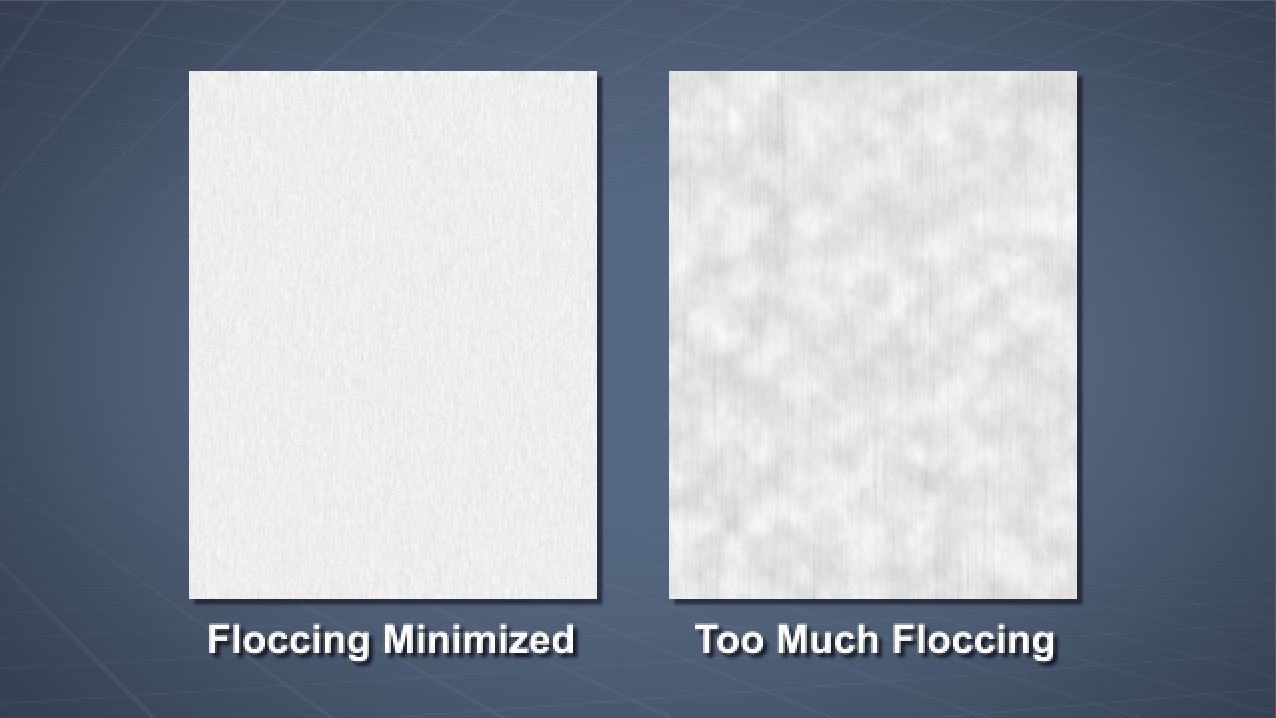




Stock Jet Geometry for Gap Roll Formers
A hydraulic headbox installed on a modern tissue machine is designed to deliver a uniform, low consistency stock stream to the nip between the two forming fabrics. Several geometries of the stock jet, including jet length, jet angle, and jet impingement, have a large effect on sheet formation and sheet quality. This module covers some common headbox adjustments and other equipment settings that can affect the stock jet geometry.
Request a demoCourse Details
Learning Objectives
• Describe the purpose of the headbox in the tissue making process
• Define the terms “jet length,” “jet angle,” and “jet impingement”
• Identify the jet length, jet angle, and jet impingement in a stock jet diagram
• Describe the impact of stock jet geometry and sheet formation on the appearance and strength properties of the sheet
• Describe the effects of the slice opening and fan pump speed on stock jet geometry
Specs
| Course Level | Intermediate |
| Languages | English |
| Compatibility | Audio, Video |
| Based on: | Industry Standards and Best Practices |
Key Questions
Which stock jet geometries are important for gap roll formers?
Jet length, jet angle, and jet impingement are all important.
Why is it important to have a short free jet length?
A short free jet length reduces the time available for the fibers to reflocculate before the sheet sets, and if there are multiple layers, it minimizes mixing between the different layer furnishes.
What is jet angle?
The jet angle is the angle between the stock jet and the outer forming fabric.
What is jet impingement?
The jet impingement is the percentage of the jet thickness that impinges on the forming roll.
What variables can affect stock jet geometry and sheet formation?
The gap between the breast roll and forming roll, slice opening, fan pump speed, and jet-to-wire ratio all affect sheet formation and the optimum stock jet geometry.
Sample Video Transcript
One more sheet attribute that can be affected by headbox operations is fiber orientation in the sheet. The overall or average orientation of the fibers in the sheet is largely determined by the relative speeds or velocities of the stock jet and the forming fabrics. Normally, the relationship between the two speeds is expressed as the the jet to wire ratio, where wire refers to a forming fabric. In short, if the stock jet’s speed is significantly lower or higher than the fabric’s speed, the fibers will align more in the machine direction. With more fibers aligned in the machine direction, the sheet will tend to be stronger in the machine direction. Sheet formation and sheet appearance are also affected.
Course Applies To
Demos + Pricing
Learn more about our courses, get pricing, and see our platform.











